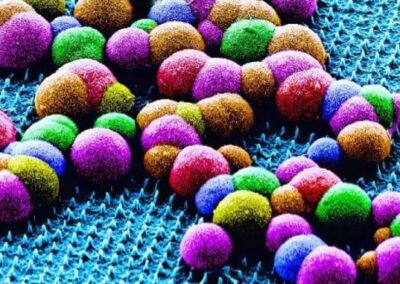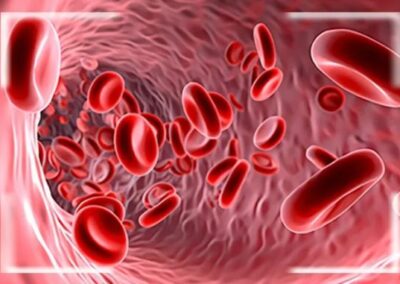Bart Hoogenboom’s research is in nanoscale biophysics, broadly centred on physical-chemical questions related to biology at a scale between single molecules and living cells. His core expertise is in atomic force microscopy (AFM). Using an extremely sharp tip, AFM allows us to scan a surface just like a blind person’s fingertip reading Braille, “touching” and “feeling” single molecules and/or atoms.
Mostly based on AFM, his research at UCL has led to the first visualisation of the DNA double helix and structural variations thereof in solution; the development of novel nanomechanical and computational approaches to understand transport selectivity into and out of the cell nucleus; the understanding of membrane disruption by peptides and pore forming proteins employed by bacteria and by the vertebrate immune system; and the discovery of phase separation at the surface of Gram-negative bacteria.
Current research topics in his lab include modes of action of anticancer drugs, mechanisms by which immune cells can kill without being killed, and organisation of bacterial surfaces – and how these can be disrupted by broad-spectrum antibiotics.
A common element in all his research projects is tight collaboration with other researchers and labs across disciplinary boundaries, both in academia and in industry.



